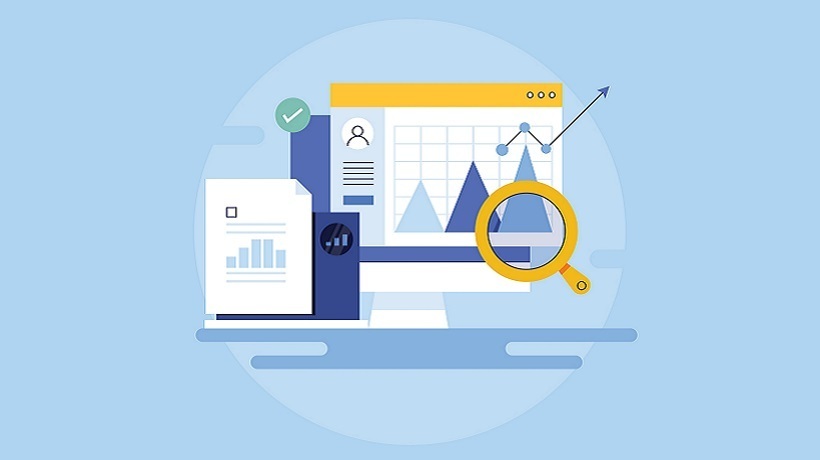Why Data-Driven Learning Is Important For Learning And Development
We truly live in a great time! The amount of technology and tools we have at our fingertips is amazing. We have the ability to track and monitor what we eat on a daily basis. Track how many calories we burn during a workout using our smart watch, even analyze what we spend versus what we save, and how to adjust depending on our needs with the touch of a button. Data and analytics have allowed us to continue to improve, justify, and modify what we do to achieve the results we desire!
This same concept can be applied to Marketing departments, Sales departments, and multiple departments within your organization. Tools like Salesforce.com and marketing analysis tools allow companies to gain the upper hand on their competition and monitor and track their success, or identify flaws and correct them quickly. When it comes time for year-end budgets, department heads collect all their data and make their presentations to the C-suite. Have you ever heard a company say "this year we are going to cut our Sales efforts by 20% and Marketing efforts by 10%"? No! The department heads make sure their managers are provided with detailed data that usually results in an increase to their yearly budget.
Using Data-Driven Learning To Measure Success
Why hasn't the Learning and Development Department followed this best practice? 7 times out of 10, the first budget to be cut or eliminated is the Learning and Development budget. I am going to make the case that it is not because your company doesn't value learning, they simply don't have the data required to support current initiatives, let alone new initiatives and gauge quantifiable success. Data and analytics are an essential in order to maintain and increase your budget, the Learning and Development department needs to be able to gauge success and more importantly track and identify trends that are occurring in the organization. We need to make a concerted effort to level the playing field and take the guessing game out of Learning and Development.
Becoming A Data-Driven Learning And Development Department
The first step to becoming a data-driven Learning and Development department is to analyze your current systems, more importantly, your reporting systems. Most often, the backbone of every year-end review comes back to usage rates, as most systems tout the ability to track usage rates. Yes, usage rates are very important, but what value do usage rates bring to your company? Stack the cards in your favor and change the way that the Learning and Development department is perceived in your organization.
Picture this; you are in your end of year meetings and you present this scenario:
"Usage Rates are up 7% from last year. We have a usage rate total of 82% spread over 523 users. Of those 523 users, x amount are in sales, x amount are in marketing, x amount are in customer service, etc., etc[DH1] ."
This is good information but provides your management team with no real value or data.
On the other hand, what if you presented:
"Usage rates are up 7% from last year, we specifically noticed a 2% uptick in the Sales Department, we were able to identify that due to the 2% increase, sales increased X dollars in 2017. Customer Service was also responsible for 3% of this year's increase. When we took a deeper dive, we noticed that due to the training they engaged with Customer Satisfaction is up X%, and Help Tickets are down X% resulting in the company saving X dollars."
In one simple move, you have just taken your Learning and Development department from being an afterthought to front and center. This data allows your C-suite to see that Learning and Development had a quantifiable impact on the company and that they should continue to invest and increase their investment in the Learning and Development department.
Let's take this concept one step further, collecting and analyzing data on specific departments within your organization now allows the Learning and Development department to become a consultant of sorts.
Say you notice a trend that Sales consultants who engage in learning tend to be 15% more successful. You can now present this to the VP of Sales and begin to develop a plan to roll out learning to the entire Sales department and then continue to analyze the results and shift as necessary. This ensures both departments success.
On the other hand, Learning and Development notices a trend that on average 20% of Customer Service representatives that engage in a Phone Skills training tend to be the highest rated CSRs. You can now develop a plan and continue to analyze the program to ensure continued success.
These two very simple yet strategic moves have just positioned your Learning and Development department as a very necessary and integral part of the organization. Start making data-informed decisions and assisting other departments in your organization to do so. Once you begin doing this the faster you will reach success, escalate the importance of the Learning and Development department, and increase your Learning and Development budget!









